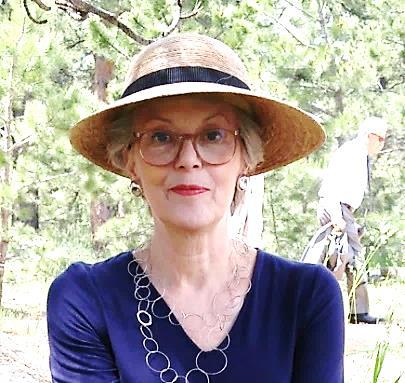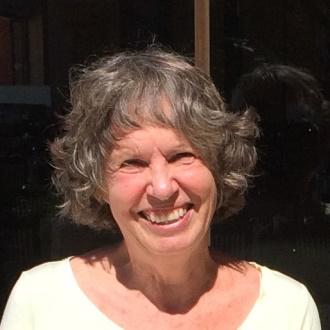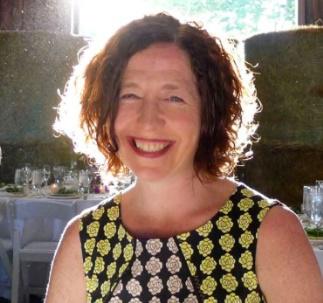Looking closer to home, we can report that the AIA UK Chapter anticipated this leadership trend with women playing a significant role both in creating the Chapter and maintaining it over the past 25 years. Although the UK Chapter was not the first AIA chapter to elect a female leader, it has led the way in the quantity and consistent quality of its past women presidents and board directors. To be fully appreciated, this achievement needs to be put into historical perspective.
Susan A Maxman, FAIA, was AIA National’s 69th President, serving from 1992-1993. According to her official AIA biography:
“Her election was particularly important for the Institute, as it marked the first time a woman had been elected to the national presidency in its 134-year history … Maxman’s election came 103 years after the AIA admitted its first female member, Louise Bethune, FAIA, in 1888.
But, as reflected by Maxman’s own path through the Institute, women held leadership positions at the state and local levels decades before Maxman became national president. Perhaps the first woman to be elected a chapter officer was Henrietta Dozier, who served as secretary of AIA Florida in the early 1920s. Beverly Willis, FAIA, was president of the AIA California Council in 1974.”
What the biography does not readily acknowledge is that Susan presided over the AIA at a time when the representation of women in the profession was extremely low. According to the AIA “Women in Architecture Tool Kit” published in 2013, only 1% of registered architects in 1958 were women. In the late 1970s, the AIA finally began to survey the number of women in leadership roles, but still “the numbers were not encouraging.” By 1988, the percentage had only increased to 4%; by 1999, it had increased to 13.5%.
In the period from 2000 to 2006, the representation of women in the profession finally began to take off. According to the Tool Kit, the AIA’s 2006 survey of architectural firms reported: “Since the late 1990s, the share of women in leadership roles in the profession has continued to grow. Women principals and partners at firms quadrupled from 4% in 1999 to 16% in 2005.”
Although the second woman AIA National President – Katherine Lee Schwennsen, FAIA, who served from 2005-2006 - was not elected until thirteen years after the first, she was followed just seven years later by Helene Combs Dreiling, FAIA, in 2013-4 and in even more rapid succession by Elizabeth Chu Richter, FAIA, in 2014-15.
However, despite the low representation of women in the profession, the primary aim of this current article is not advocacy for more women architects – that must be taken as given – but it is instead a simple celebration of the UK Chapter’s seven women presidents to date who have overcome the statistical odds and gone on to lead the Chapter. How do these women compare to each other; what led them to choose a career in architecture; what distinguishes their careers from others; and what are they doing now?
Pre- 2007 – The Early Phase
There were four AIA UK Chapter women presidents pre-2007 who began their careers during this period of low female representation. Justine Kingham, AIA, was the UK’s 1st woman president in 1997, followed by Lorraine King, AIA, serving in 2002, Elizabeth Casqueiro, AIA, in 2003 and Bea Sennewald, AIA, in 2006. A short review of their histories shows little commonality in their careers. Instead, their determination to succeed and the very diversity of their approaches to the profession typifies this early generation of pioneers.












